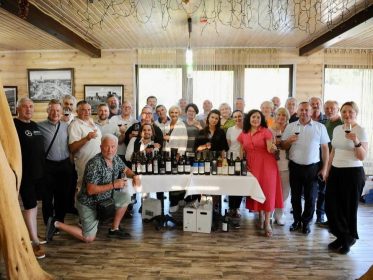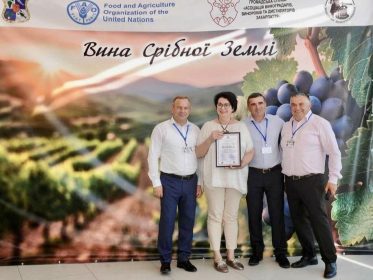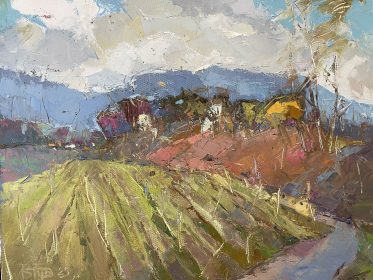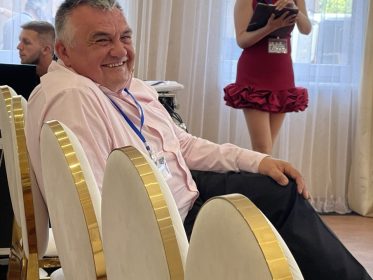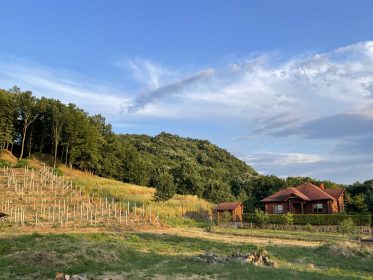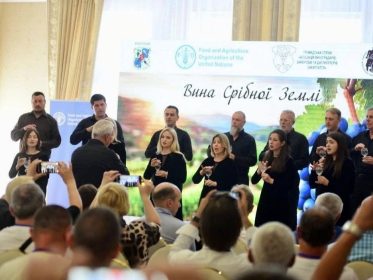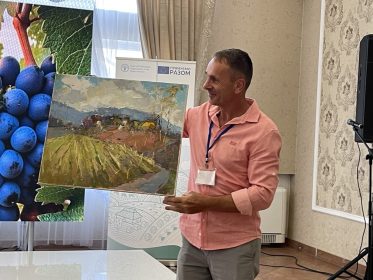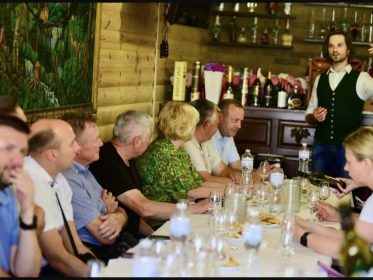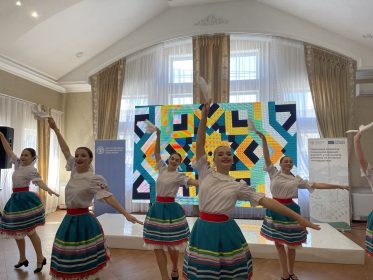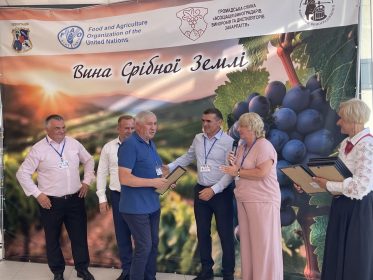2025 Silver Land Wines: Transforming Silver into Gold
Author: Iryna Diachenkova
Recently, the third “Wines of the Silver Land” competition took place in Vynohradiv, Transcarpathia, revealing to many the exciting developments happening in the region’s wine scene. The Drinks+ columnist, invited as a member of the judging panel, also had the opportunity to view the event through rose-colored glasses, adding a warm and optimistic perspective.
White and Red Wines of Transcarpathia: Achieving Quality Parity
Let’s start by saying that everything was top-notch: as the organizers emphasized, this regional competition was conducted according to the strict international standards set by the OIV. The only difference was that there was no cap on the total number of awards, unlike the usual strict 30% limit.
Thus, an impressive 146 samples from 40 winemakers were submitted to the competition — a remarkable number, especially considering that only members of the Association of Winegrowers, Winemakers and Distillers of Transcarpathia participated; this association currently unites several smaller local groups, including the Union of Hungarian Winemakers of Transcarpathia, the Mukachevo organization, the Vynohradiv Association of Beverage Producers, and others. This professional consolidation is a crucial and highly valuable process. In his address to the participants, Oleksandr Harnovdii, head of the Association, outlined the stages of the “Silver Land Wines” project and the main goals of the organization. These include creating a legal framework with support and protection for members; improving wine quality, partly through the use of a modern laboratory; developing and implementing marketing strategies; and establishing a clear regional identity. All of these efforts are currently underway, and their positive impact is clearly reflected in the wines presented at the competition.
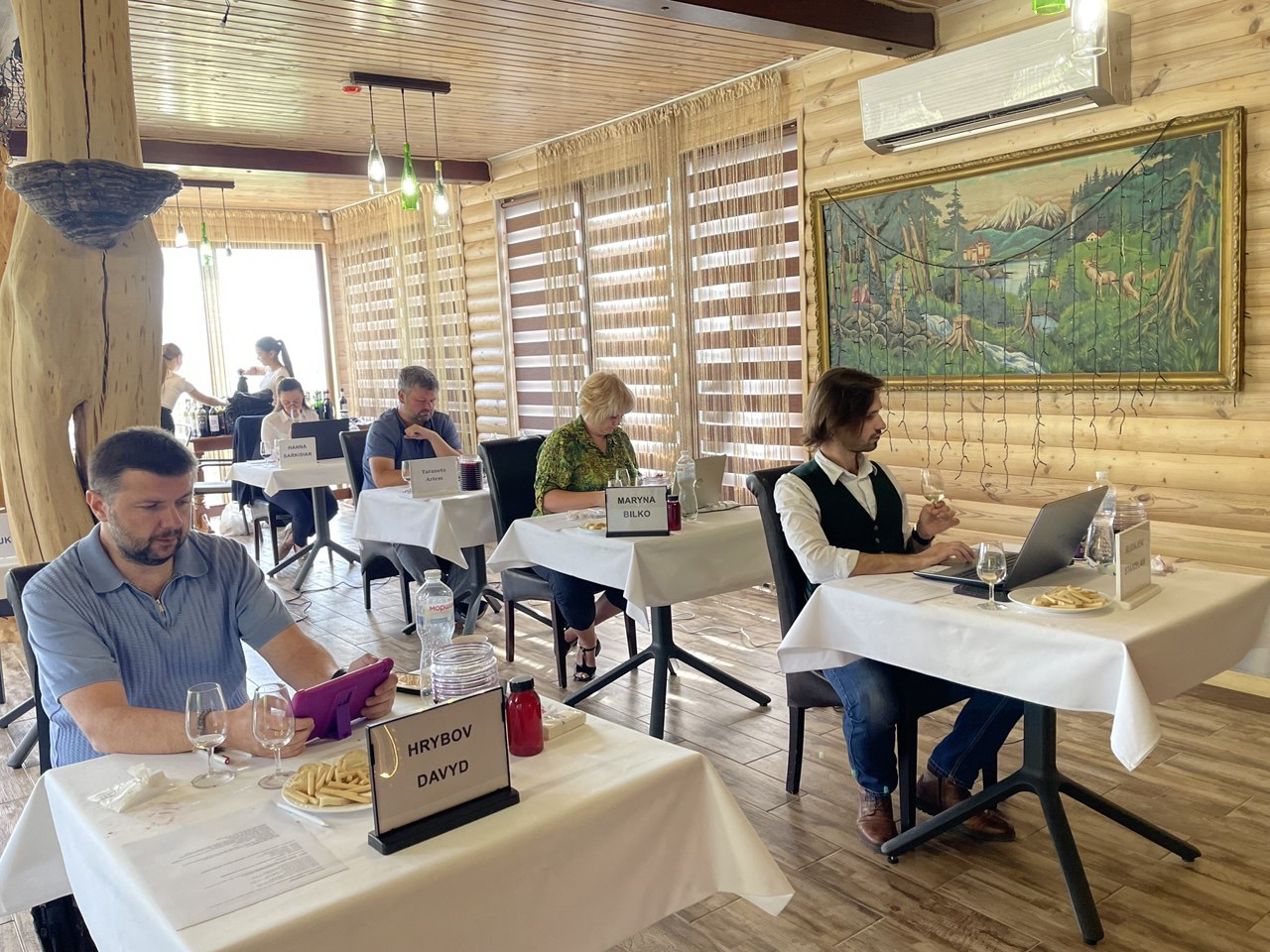
A significant portion of the wines were from the 2024 vintage, alongside some aged samples, with the oldest dating back to 2020. The jury was truly international, combining Ukrainian experts with extensive global experience and specialists from Hungary and Austria.
What did we observe? Perhaps the first thing that caught the tasters’ attention was the rapid and dynamic improvement in the quality of wines. This progress is, of course, the result of the dedicated efforts of the Association’s activists, supported by Ukrainian scientists and European organizations.
Oksana Tkachenko, Doctor of Technical Sciences and Head of Department at Odessa National Technological University, spoke to the participants about the integration of modern scientific advancements into the production of Silver Land wines. She also highlighted the important role of the FAO in supporting the development of winemaking and viticulture in Transcarpathia.
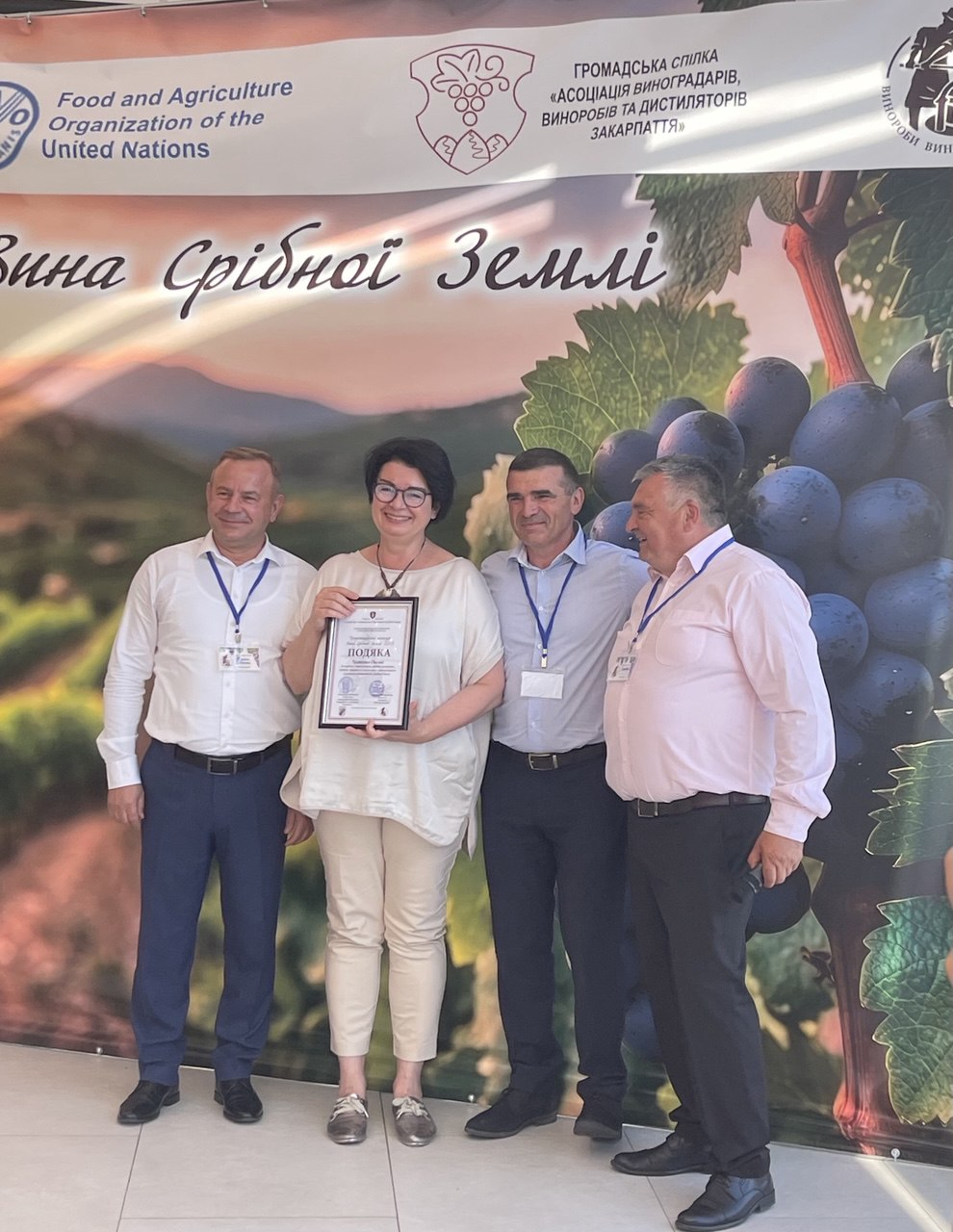
Personally, I was struck by how quickly the reputation of Transcarpathian red wines has risen. Just a year ago, during the previous competition, experts were mainly praising the respectable quality of Transcarpathian whites while emphasizing the need to develop distinctive styles for reds. Now, however, we can confidently say that the vast majority of local red wines have reached an unquestionable level of quality.
This conclusion was confirmed to the Drinks+ columnist by David Hrybov, Head of the Red Wines Competition Commission and sommelier for the Santim and Kopiyka supermarket chains in Odesa:
“Indeed, until recently, white wines generally received higher scores at past competitions. Now, however, the trend has shifted – red wines have truly proven their quality. What’s especially interesting is the emergence of varieties not traditionally associated with the region, such as Odessa Black (Aliberné), Cabernet, Merlot, and Saperavi. Another constant is the strong presence of sweet and dessert wines, which continue to earn high ratings. For me, the sweet Pinot Noir from Chateau Cous was a standout discovery – it offered good balance, a fairly complex bouquet, medium acidity, and a long aftertaste”.
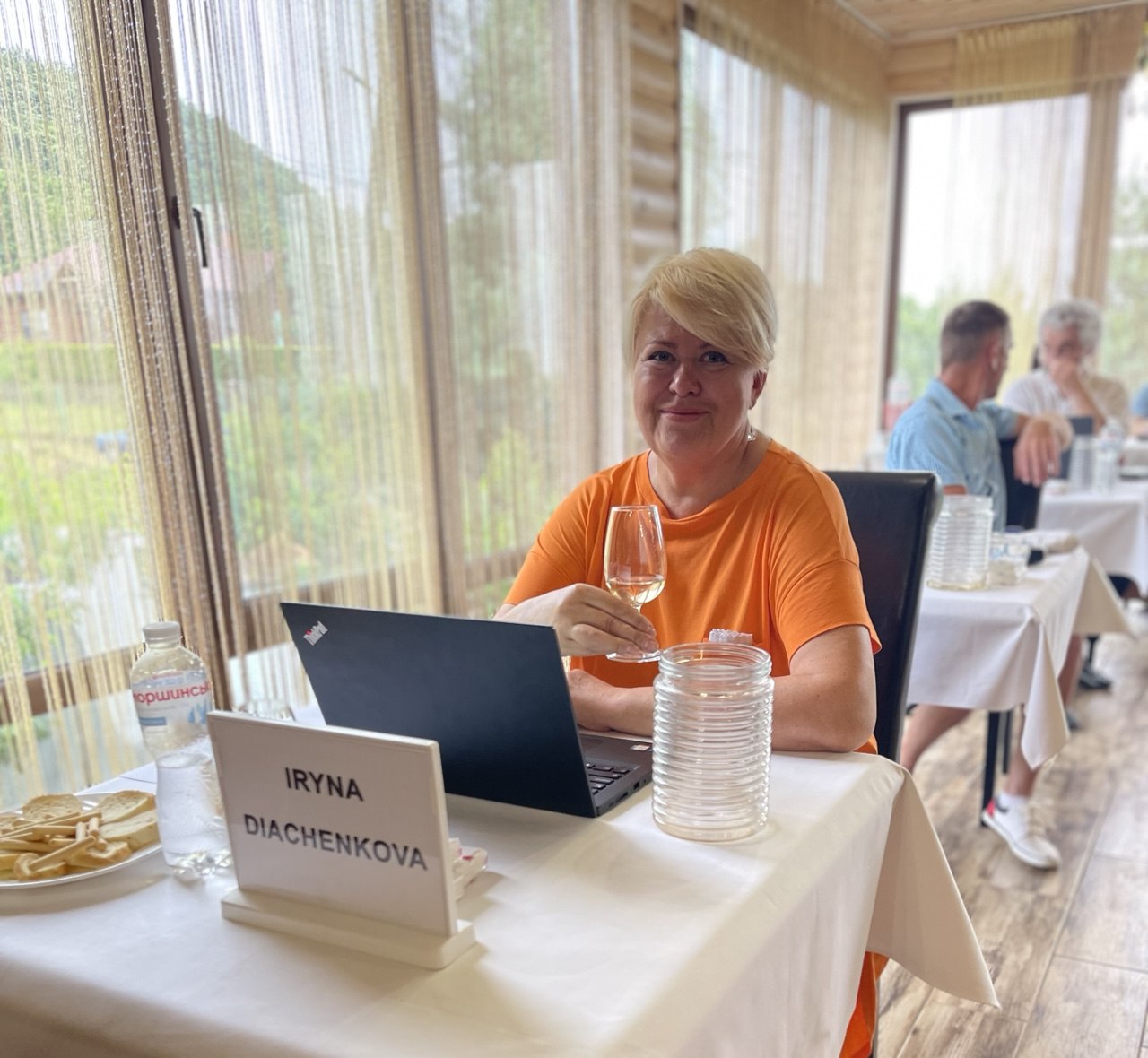
Personally, having had the opportunity to serve on the white wine commission, I gained a more objective perspective on this category – and I found that the quality was undeniably harmonious.
At the conclusion of the “Wines of the Silver Land 2025” competition, Nataliia Kameneva, Doctor of Agricultural Sciences and Professor at ONTU, summarized the results and announced the winners.
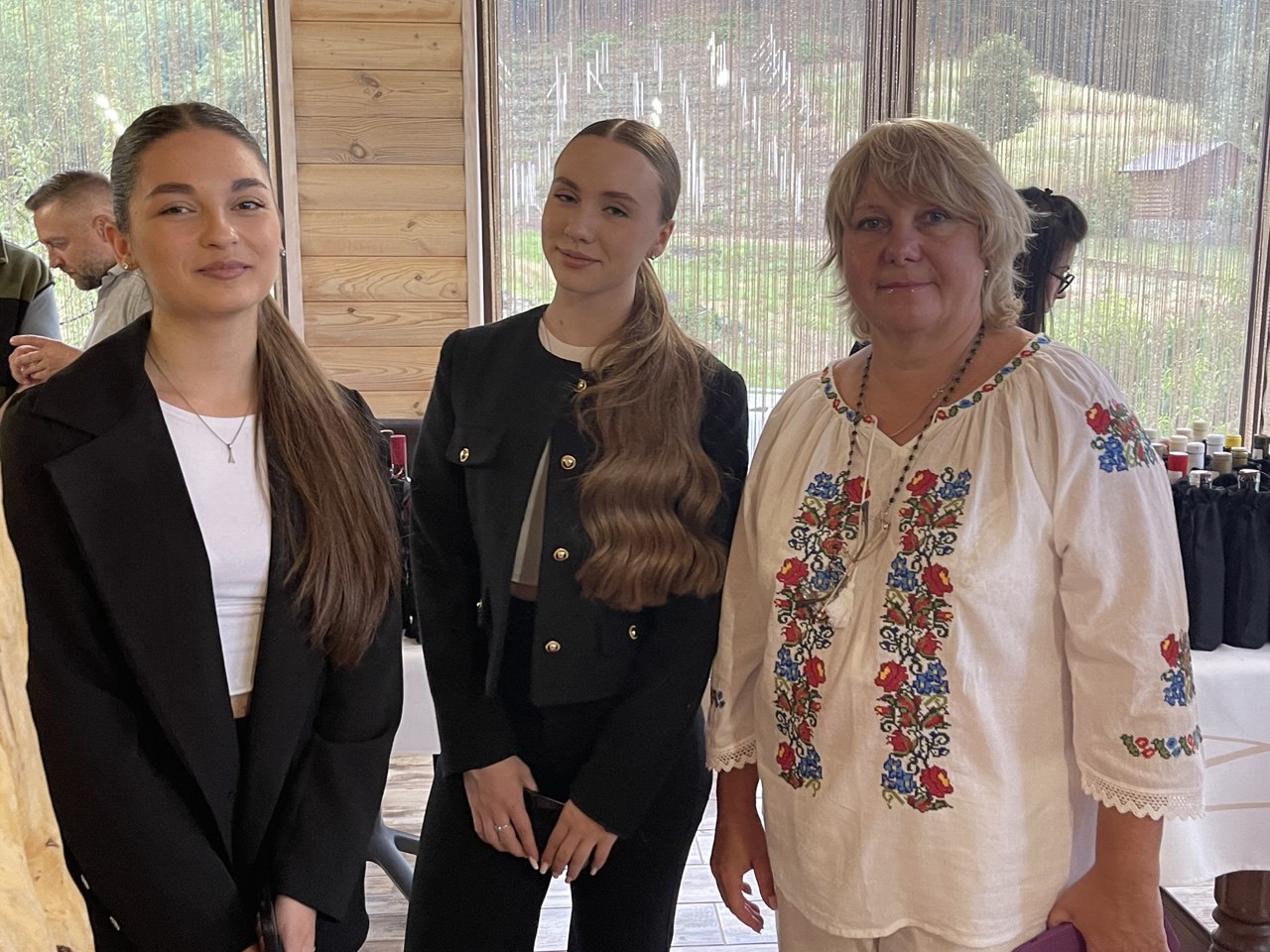
Notably, the organizers skillfully combined a busy professional forum with a welcoming cultural program for guests from the Transcarpathian region. While the competition was underway, local artists, led by Borys Kuzma (People’s Artist of Ukraine and corresponding member of the National Academy of Arts of Ukraine), worked en plein air among the vineyards as part of a joint project between the Union of Artists of Transcarpathia and the Association of Winegrowers, Winemakers and Distillers of Transcarpathia. Later, their artworks were showcased during the awards ceremony and presented to Oksana Tkachenko and visiting foreign experts. The solemn part of the event also featured several moving performances by the renowned Academic Chamber Choir Cantus, conducted by People’s Artist of Ukraine Emil Sokach. Congratulations were extended to the winemakers, winners, and all who contributed to the competition. A particularly touching moment came with the speech of Sashko Shershun – a winemaker and historian of Transcarpathian wine who is currently serving in the Armed Forces of Ukraine. He addressed the gathering via video link from the trenches, sending his greetings and heartfelt words. We would like to remind readers that fundraising is ongoing to support the unit where Mr. Shershun serves. We urge everyone to help our defenders survive these battles, so that Sashko can return home to continue making wines and realize his dream of publishing a book on the true history of Transcarpathian winemakers.
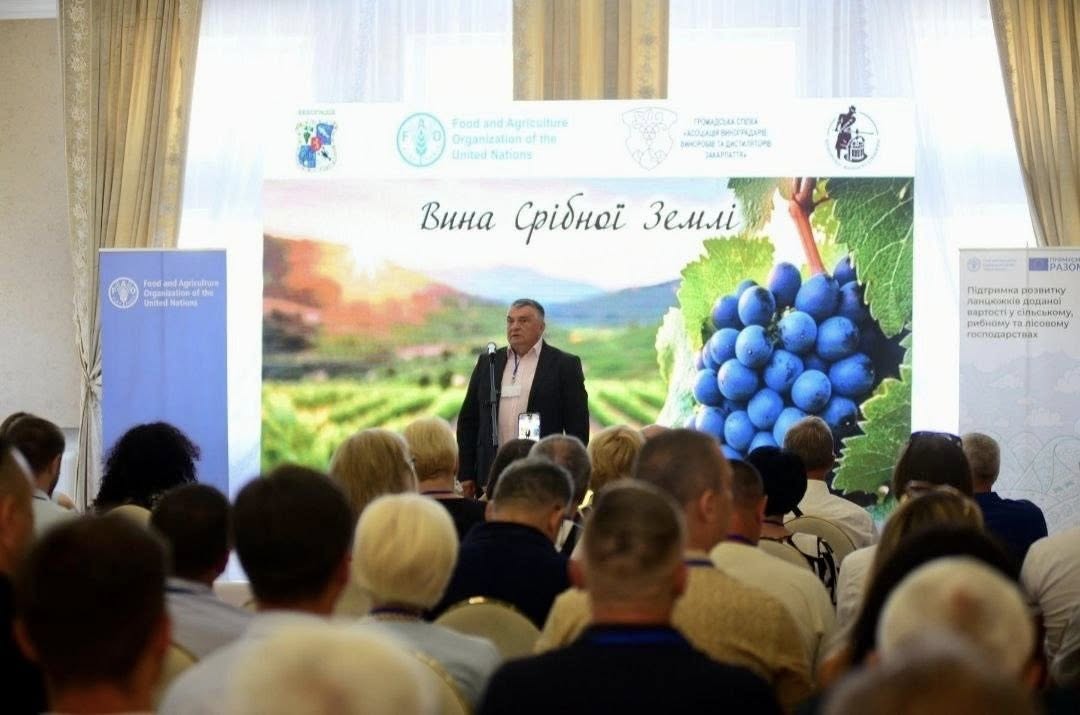
The Ukrainian Competition Evaluation Program is Just Around the Corner
Regarding the competition results, I would like to share a few thoughts on the evaluation principles, drawing on my 20 years of experience as a judge at prestigious wine events such as the Grand International Wine Award MUNDUS VINI (Germany) and the Concours Mondial de Bruxelles, among others.
As we can see, Ukraine, despite the ongoing war, is actively integrating into the global wine community and striving to adapt to its competitive environment. In this context, it is worth examining how evaluations are conducted at the world’s leading competitions.
Why do I pause at this point? Because, for example, I rated the Shosh family’s Riesling at 94 points, while the commission’s average score was 87. Similarly, the cider “Tsypa” (TM “Kokhanovska”) received a bronze medal, but in my opinion, “Fermersky” deserved gold. I also scored “Irsai Oliver” from Shtifko higher – at 83 points, which corresponds to silver – along with “Muscat Holodryhi” and “Leanka” from the same winery, both at 82 points, crossing the silver medal threshold on my scale. Interestingly, I was able to confirm the accuracy of my assessments the day after the competition when we tasted these wines again at Shtifko winery.
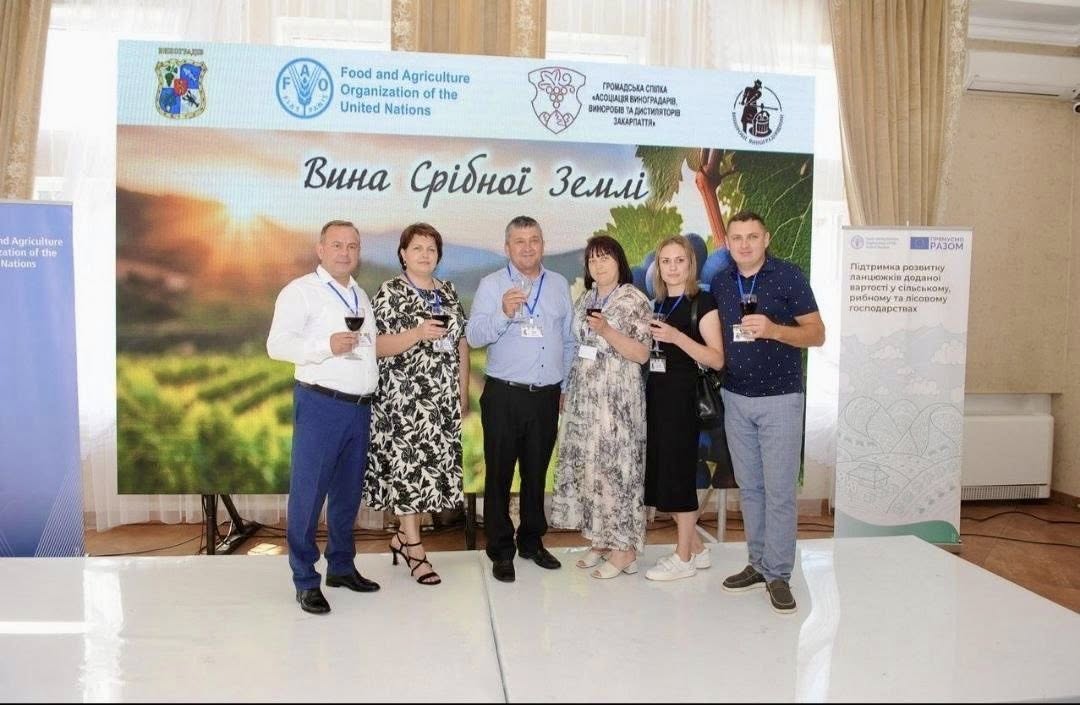
Based on the combined results of both commissions, the winners were awarded as follows: 36 gold, 68 silver, and 28 bronze medals. According to my calculations, the proportion of gold medals slightly exceeded 20%, closely matching the overall collective outcome. However, I found it challenging to explain the discrepancies in scores for some samples – unlike major competitions, there was a noticeable lack of discussion within the commission, which may have contributed to these differences.
Perhaps it is time to review the evaluation system, or at least expand and improve the questionnaire currently used in the popular Gustos.Life program (Moldova). The need for such improvements was highlighted during the presentation of the Ukrainian expert wine evaluation program by Oleksandr Mitsa (Doctor of Technical Sciences, Head of Department, Professor at Uzhhorod National University), which was unveiled as part of the competition. Oleksandr Harnovdii commented on the upcoming changes to the program:
“Firstly, this software should also serve an educational purpose. Alongside experts, it will allow trainees to participate with a separate status, ensuring their assessments are excluded from the final results. However, they will have the opportunity to compare their scores with those of the experts upon completion. Secondly, we are introducing a feature that accounts for deviations between an individual judge’s scores and the commission’s average. We have sufficient time to refine the program and plan to implement this national product at the next ‘Wines of the Silver Land’ competition.”
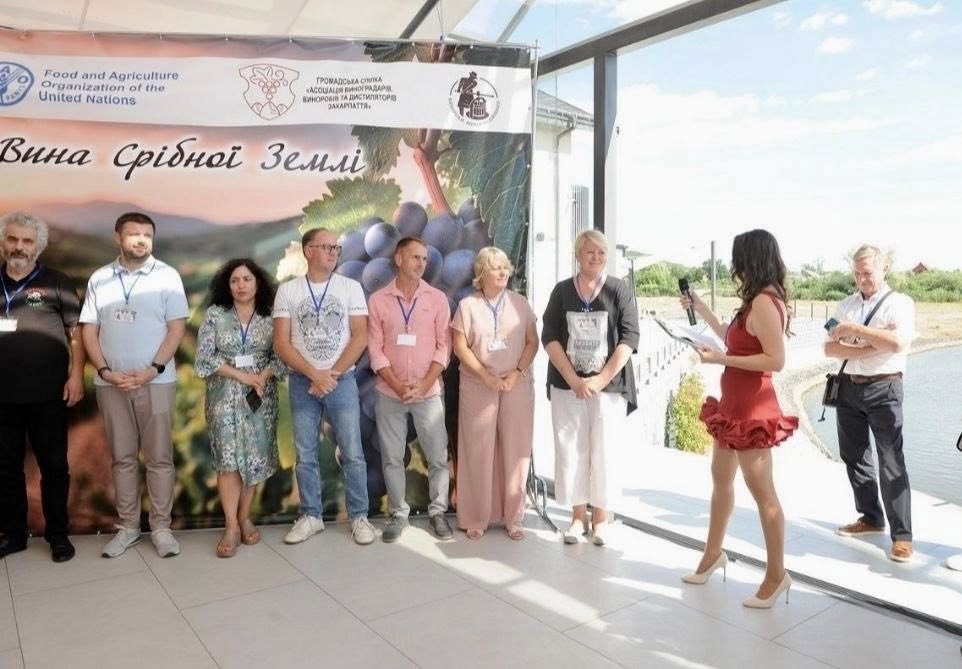
Wine Tourism: A Golden Key to Success
I don’t want to indulge in purely feminine euphoria, but it’s important to acknowledge that thanks to the dedication of passionate enthusiasts and a cooperative local community working closely with the authorities, Transcarpathian winemakers are achieving a genuine miracle. Over the past five years, their dream of the “Silver Land Wines” winery – once a poetic myth – has transformed into a vibrant and powerful reality.
Let me remind you that “Silver Land Wines” is already making significant strides in wine tourism. In 2024, the association participated in the international Wine Travel Awards, earning the title of “Region of the Year” and also winning The Drinks+ Editor’s Choice Awards. It’s no coincidence that global trendsetters voted so enthusiastically for this region – after all, it truly is a gem of Central Europe.
To showcase the beauty of the region, on the final day of the program, an excursion was organized for competition guests to visit the Chateau Pauk vineyards, Nota Bene winery in the village of Bene near Berehovo, as well as Shtifko and Chervona Hora wineries (TM KRITSKI).
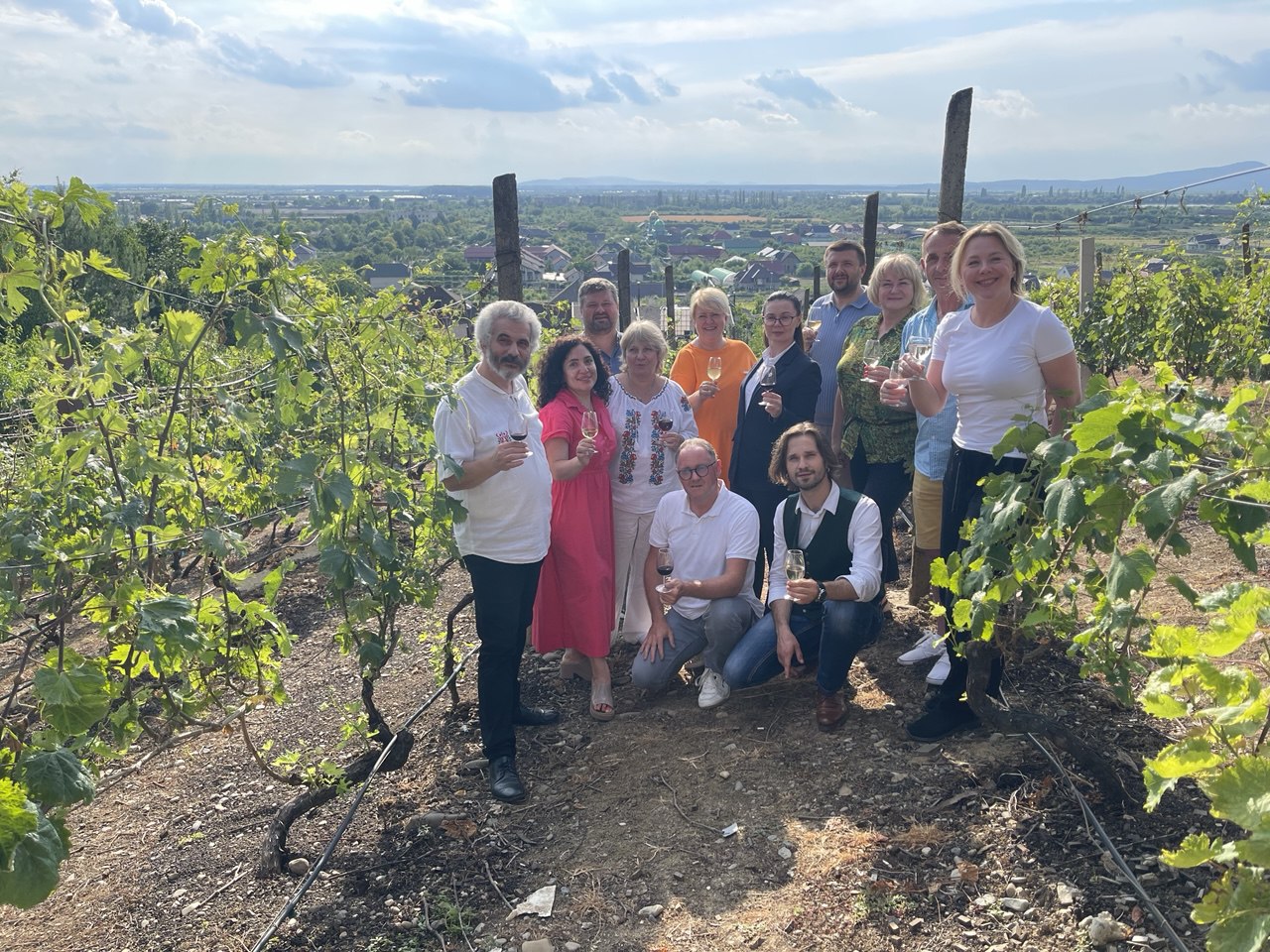
We could clearly see how the “Wines of the Silver Land” are transforming into Ukrainian gold. This is not just an association of small winemakers – it is a truly unique region with all the qualities needed to secure its place on the world map of wine tourism.
According to Harnovdii, “The Association has a global vision to establish a center of gravity around ‘Wines of the Silver Land’ – a magnet not only for winemakers but for everything progressive in the world of wine. Our plans include creating a Wine Center that will attract winemakers and wine enthusiasts from across Central Europe.”
And you know what I’ll say in the end? Something tells me that this bright future is just around the corner.
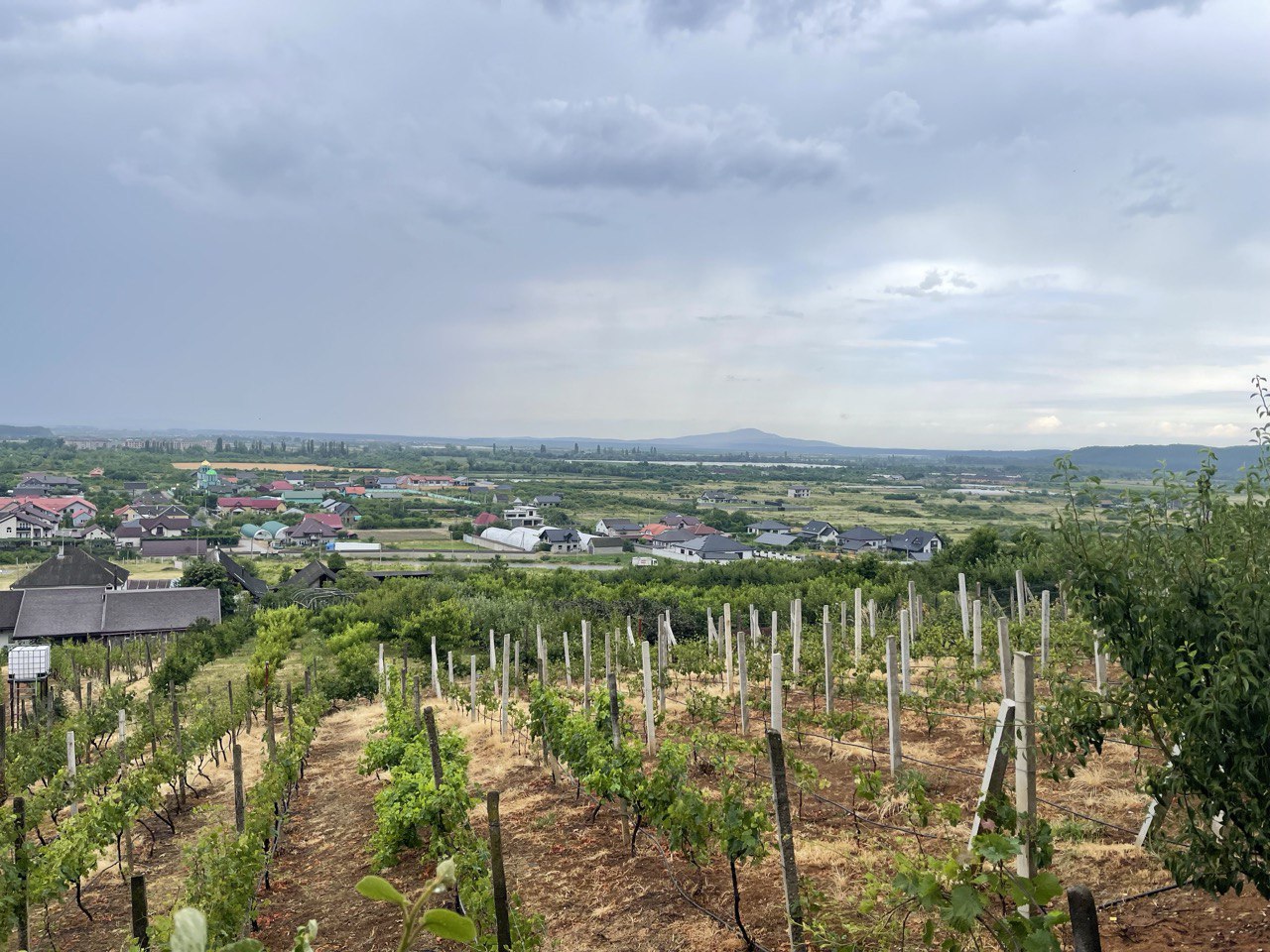
Stay connected with Wine Travel Awards:
